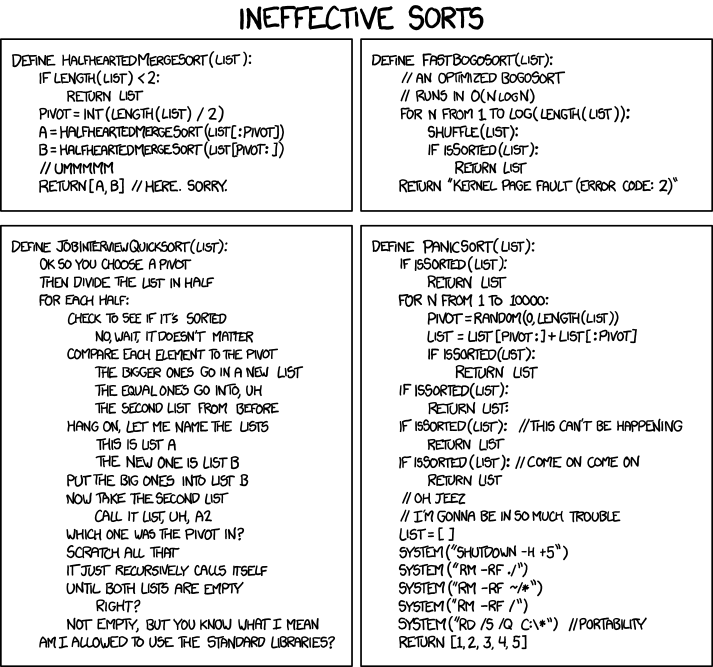Hi,
I'm running the latest Steam version. But somehow I still had to install Linux platform manually. When I do and try to compile some code with SETFONT in it, I get this during the linking:
: undefined reference to `__GLBASIC__::SETFONT(int, double, int)'
What's up with that?
I'm running the latest Steam version. But somehow I still had to install Linux platform manually. When I do and try to compile some code with SETFONT in it, I get this during the linking:
: undefined reference to `__GLBASIC__::SETFONT(int, double, int)'
What's up with that?










